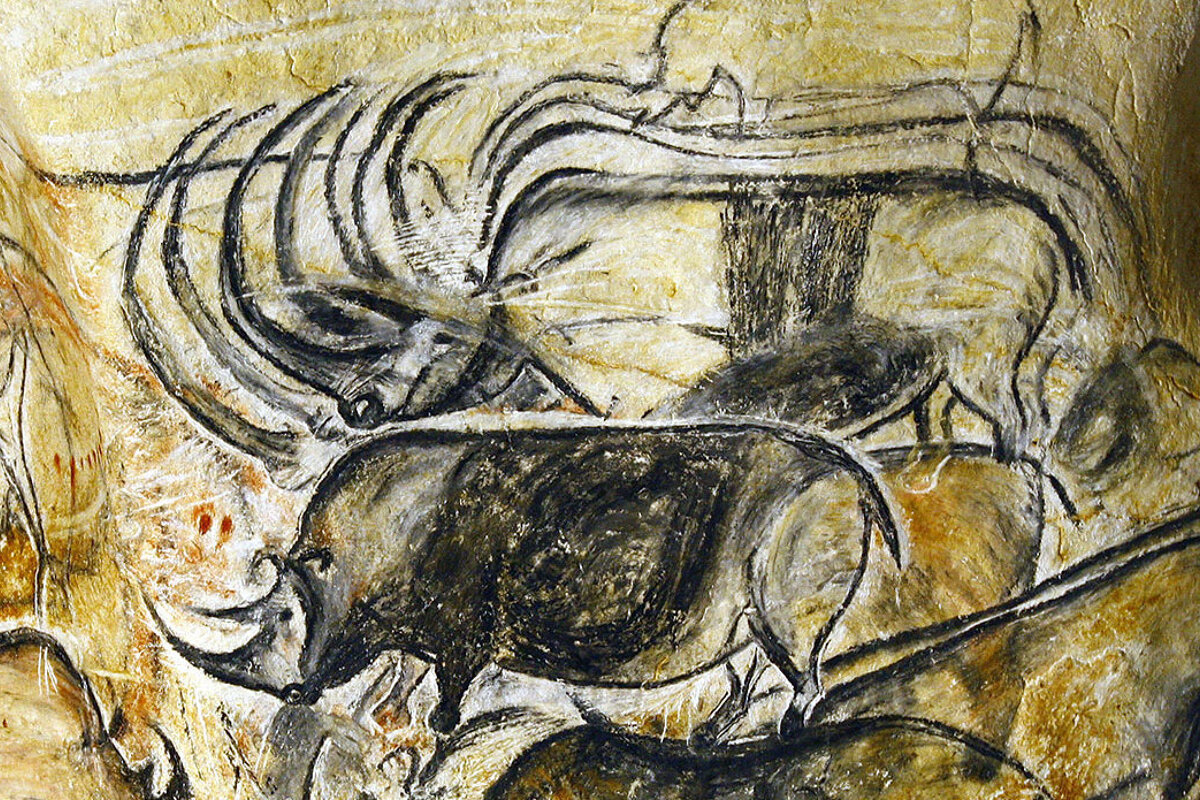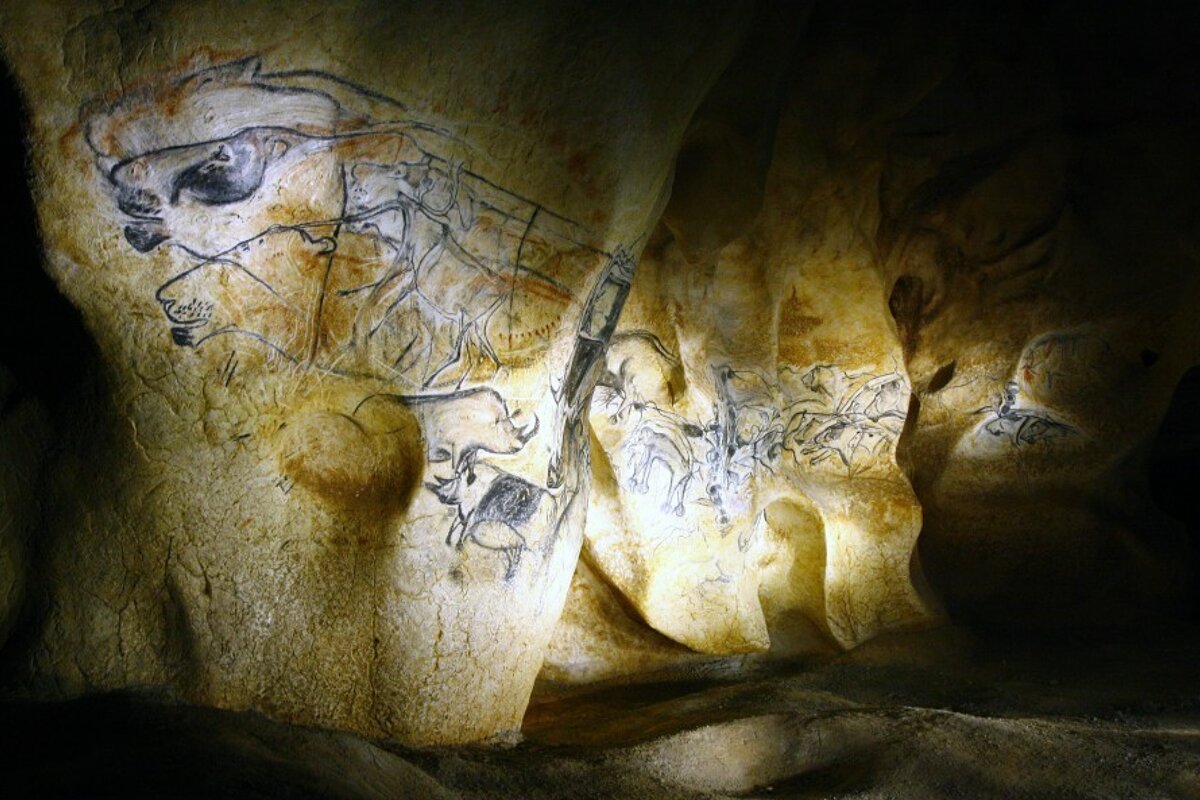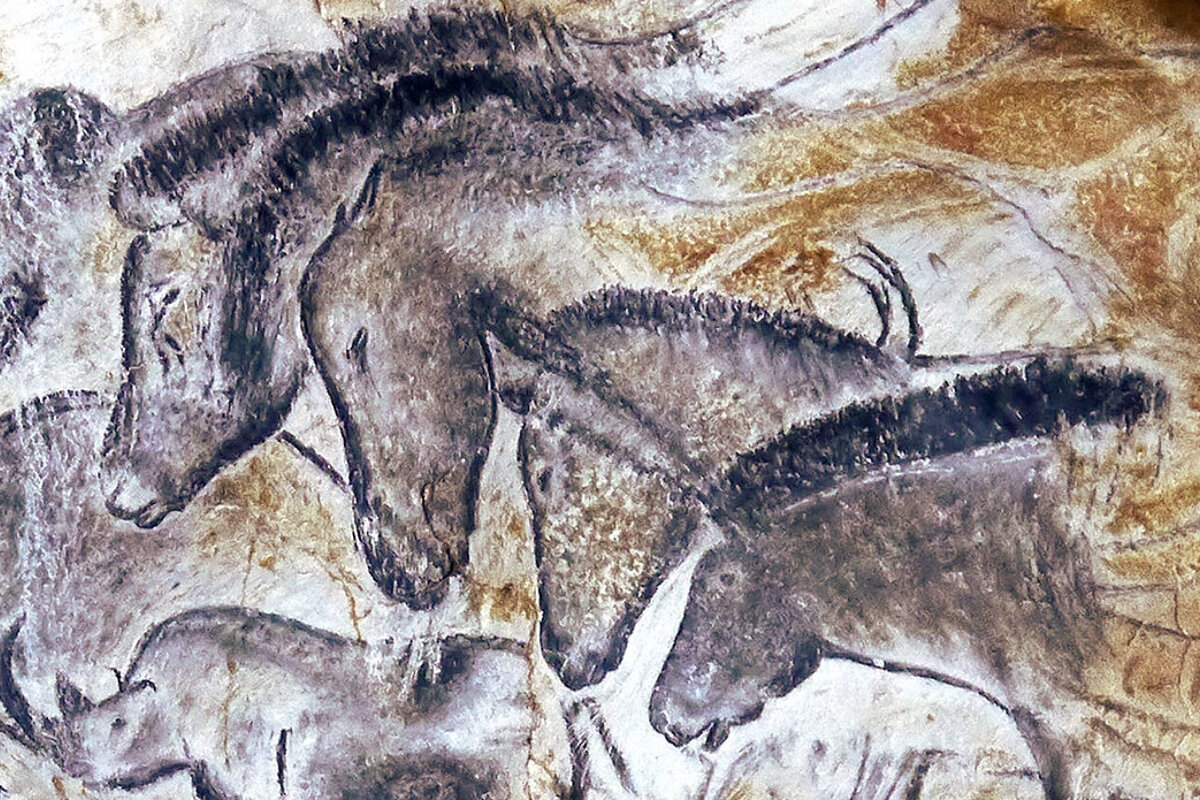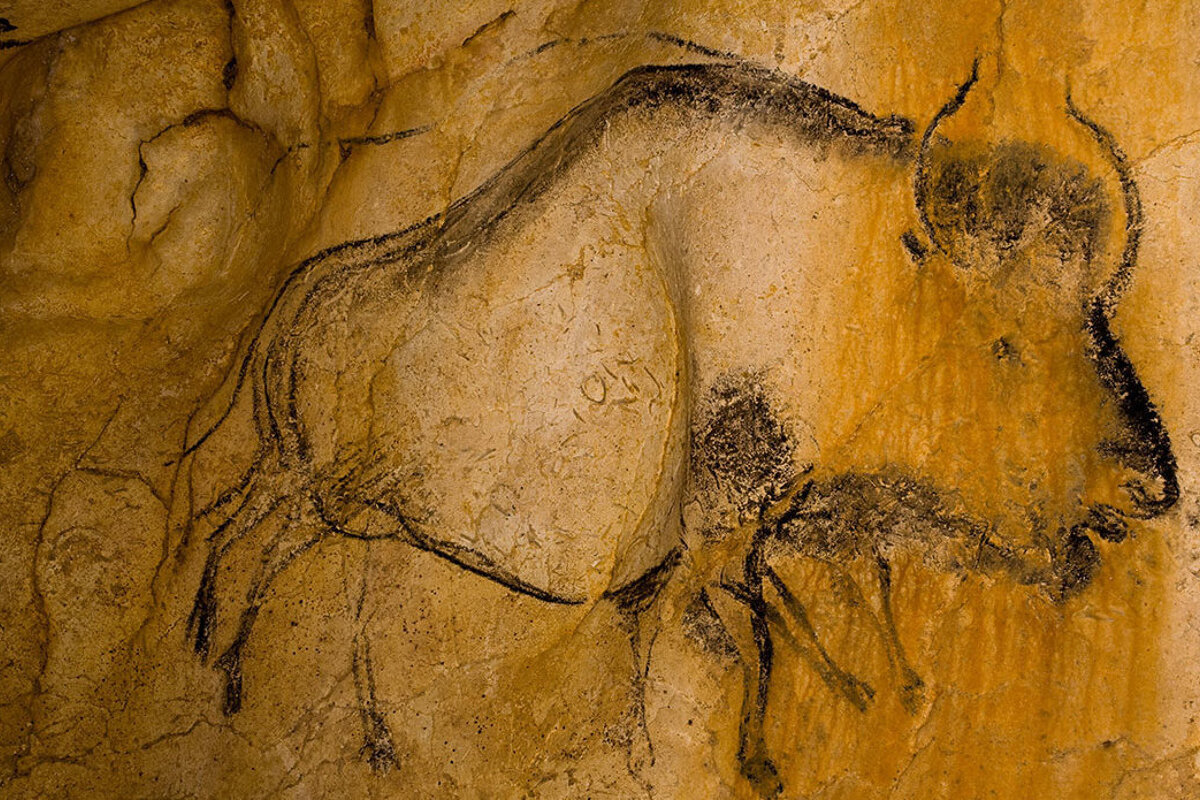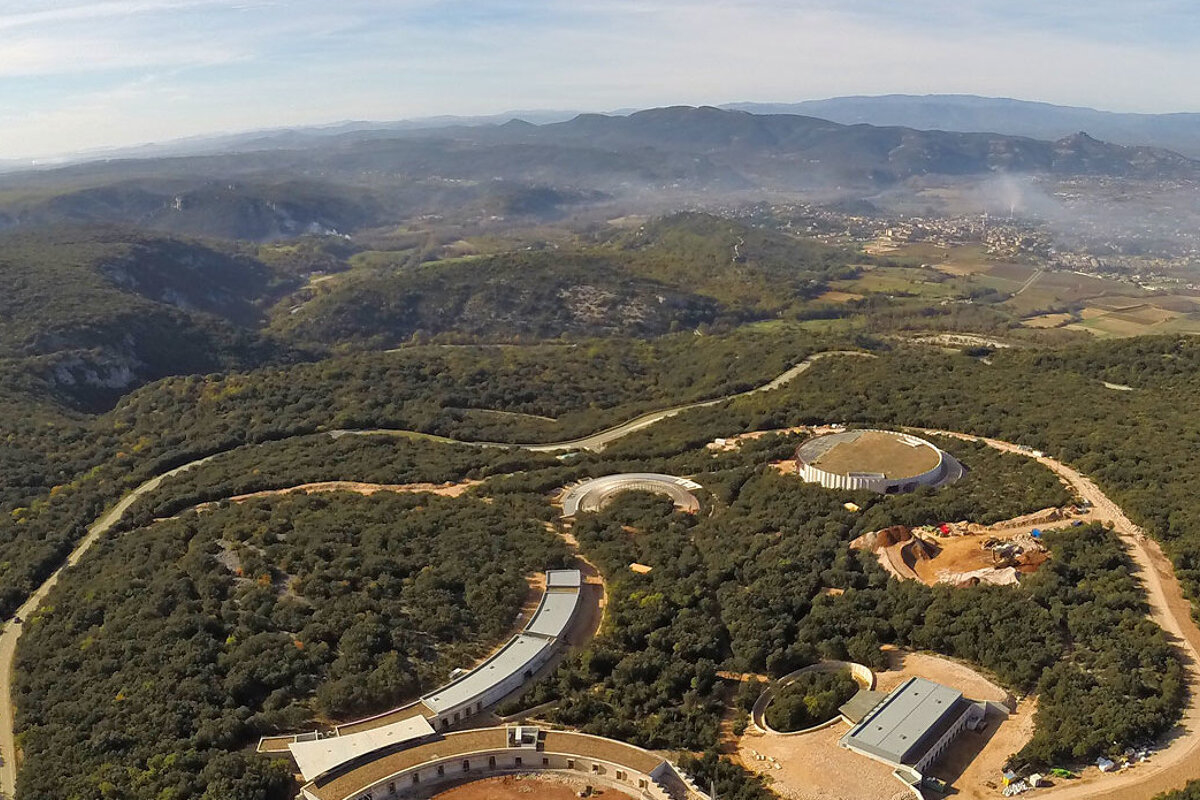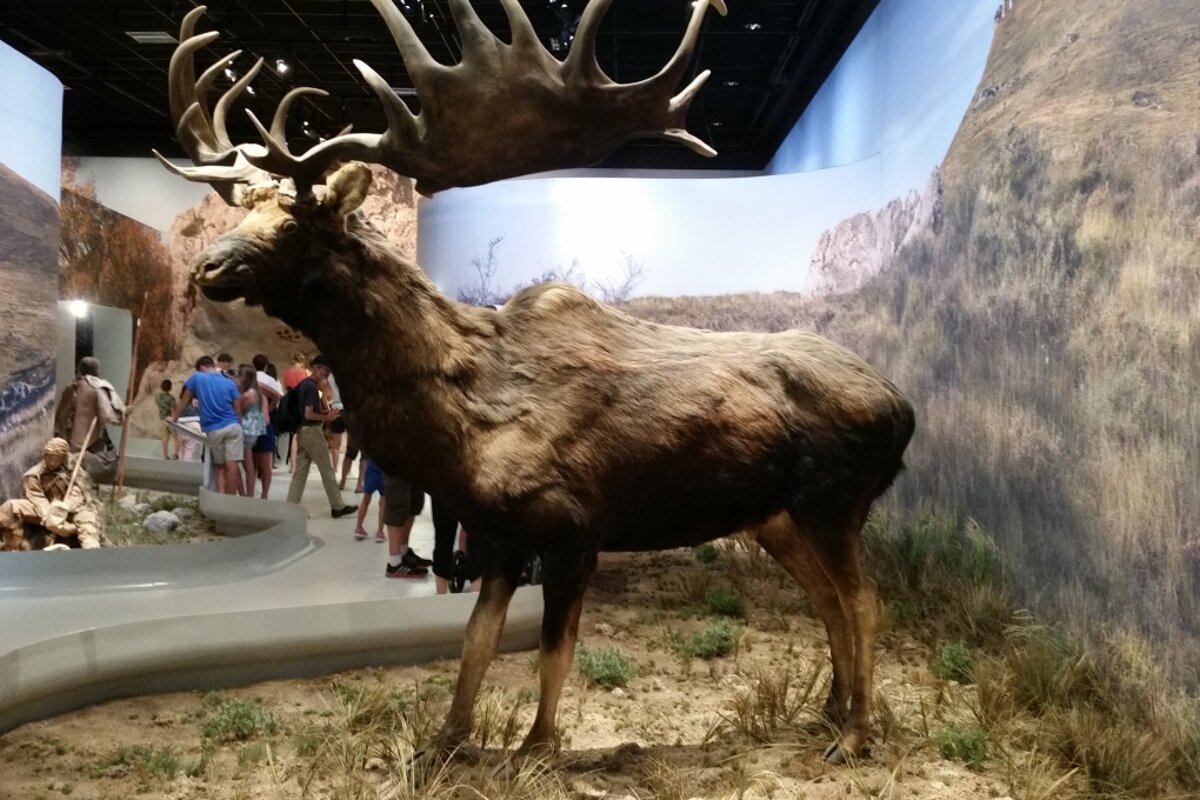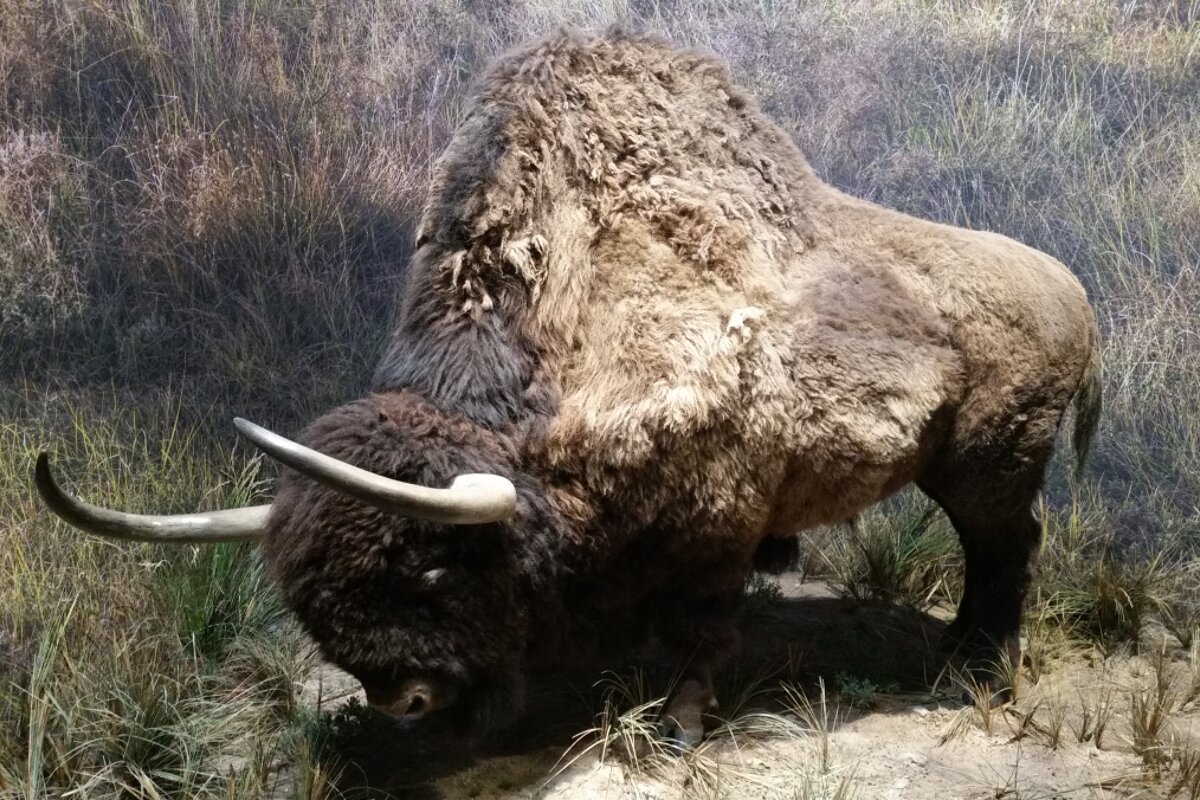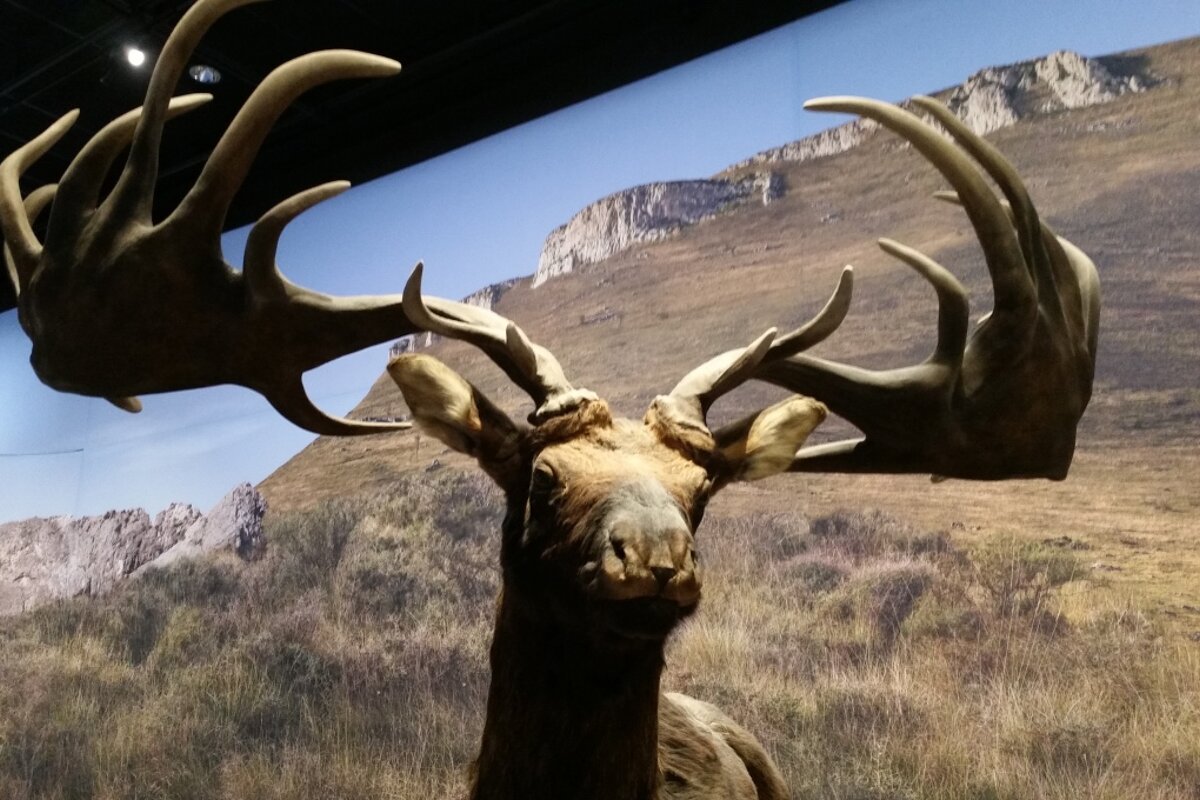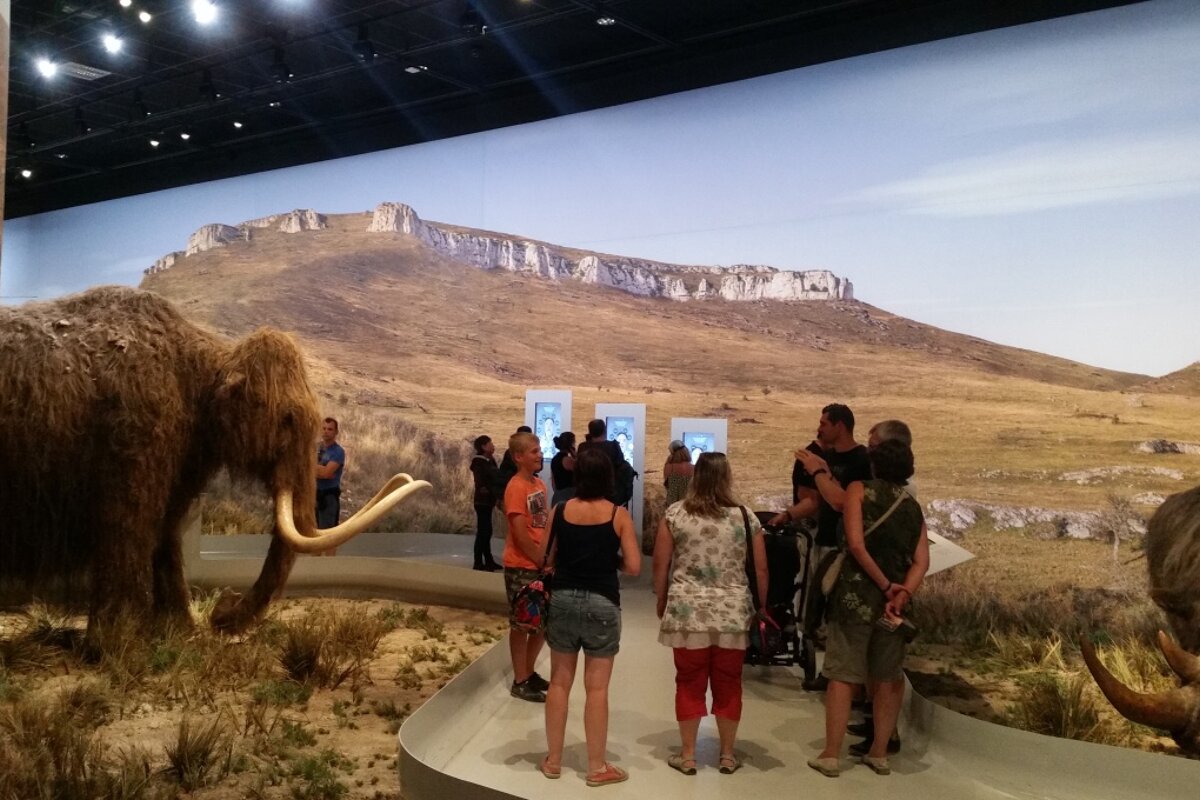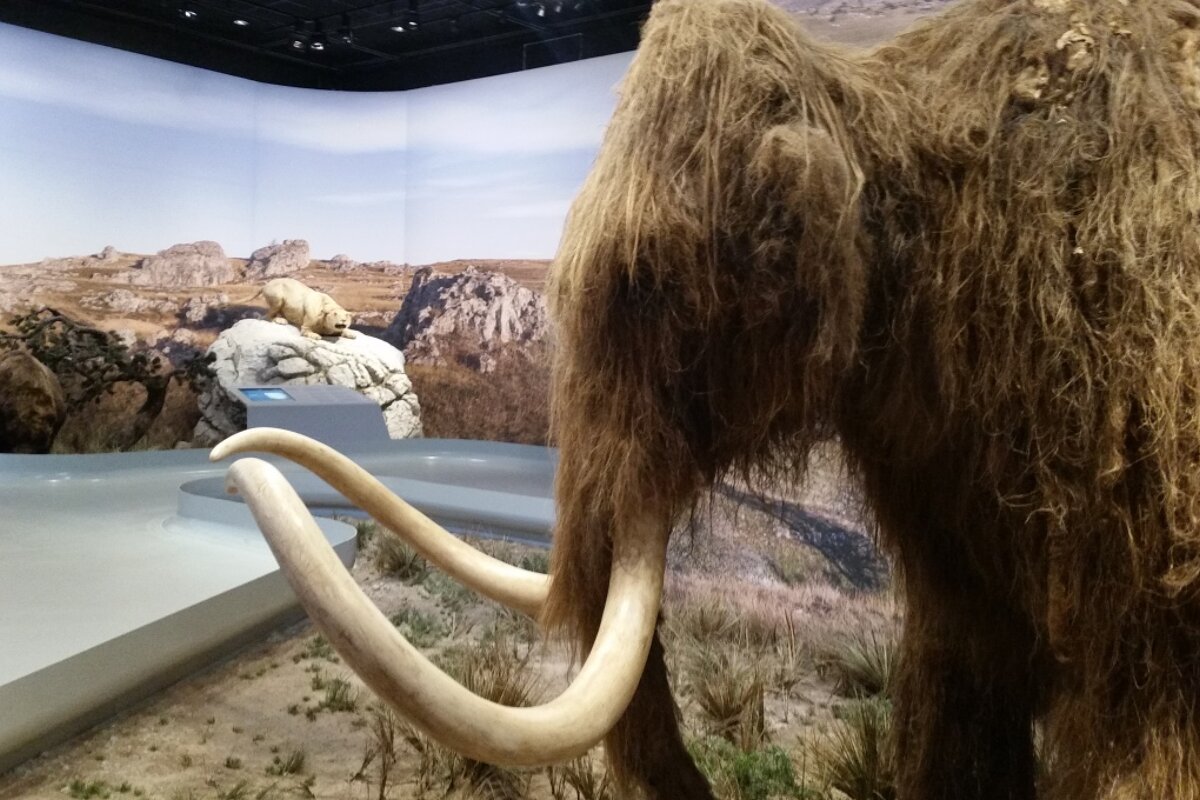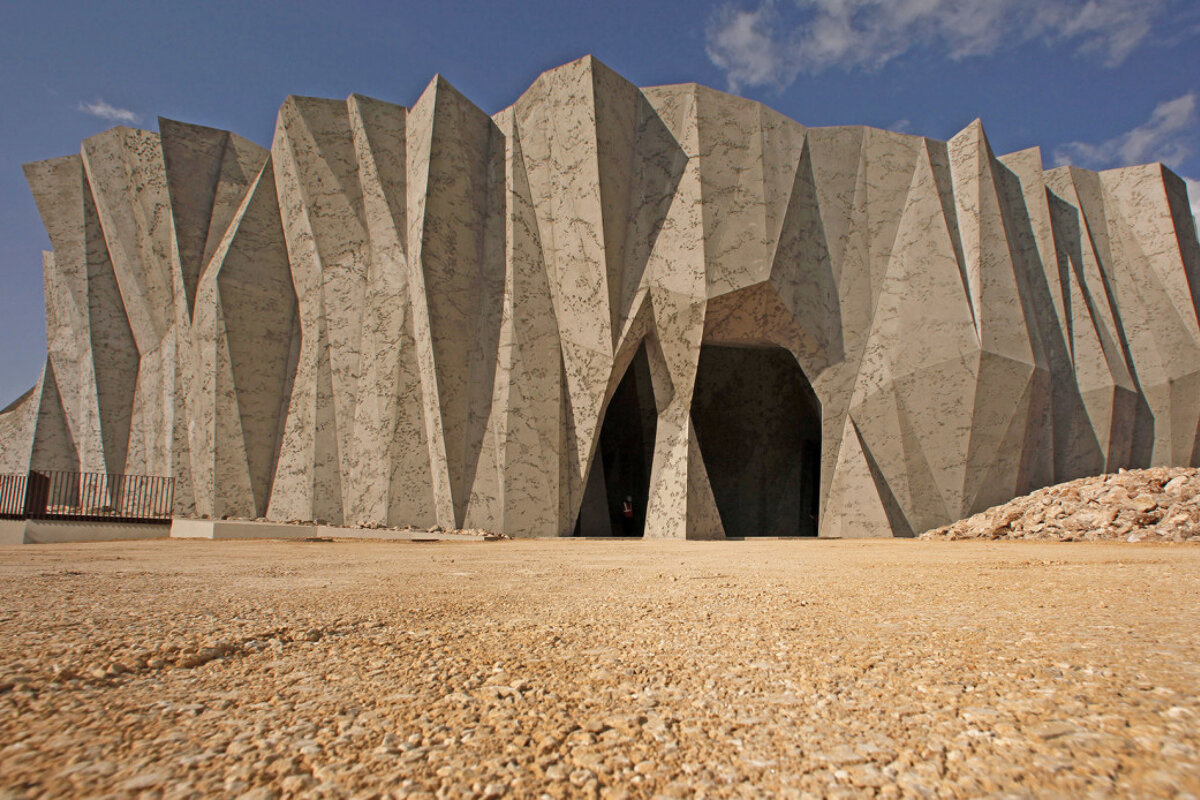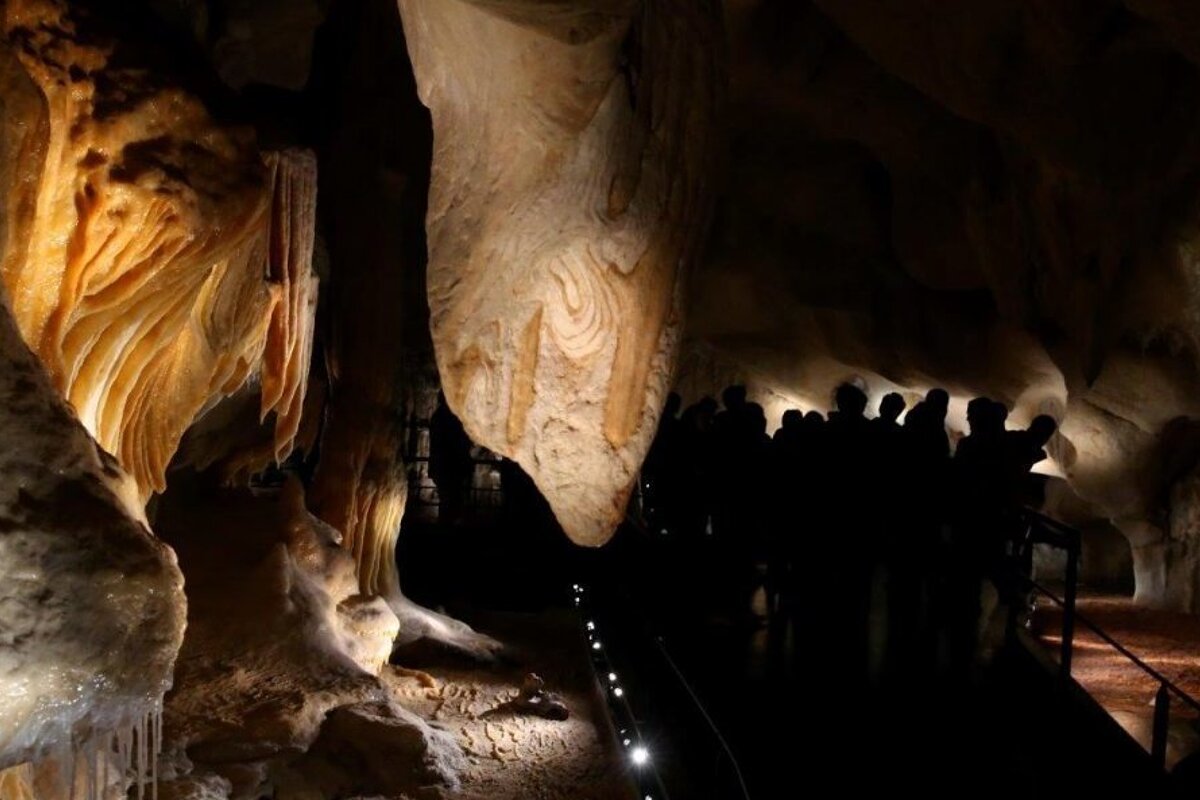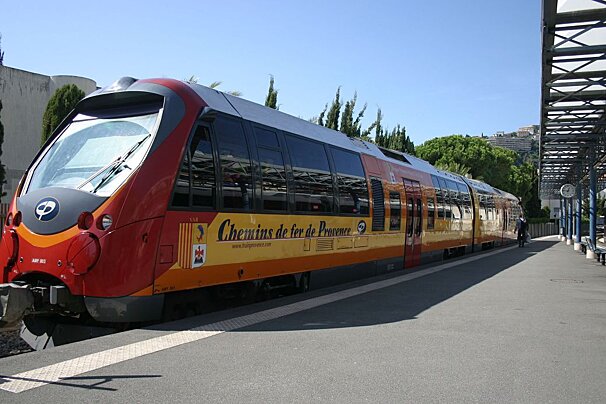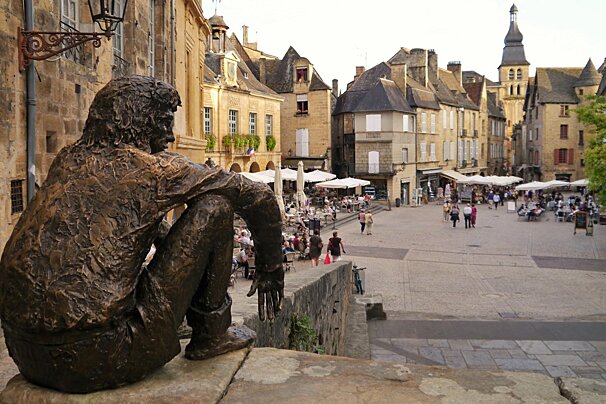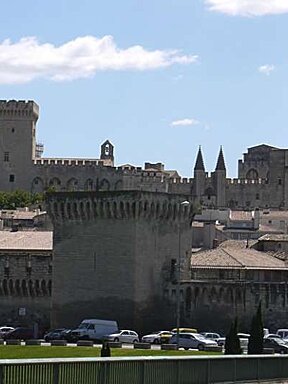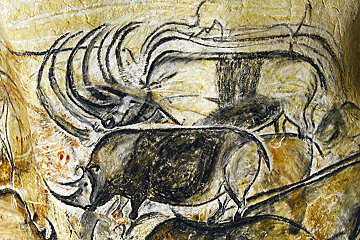
© Caverne du Pont d'Arc

© Caverne du Pont d'Arc

© Caverne du Pont d'Arc

© Werner Herzog

© Caverne du Pont d'Arc

© Caverne du Pont d'Arc

© Ellie Mahoney

© Ellie Mahoney

© Ellie Mahoney

© Ellie Mahoney

© Ellie Mahoney

© Ellie Mahoney

© Caverne du Pont d'Arc

© Stephane Marc
Visit to the Caverne du Pont d'Arc
The 3D replica of Chauvet Cave, a UNESCO world heritage site
In 1994 a limestone cave in the Ardeche was discovered that excited the archaeology world. Three caving enthusiasts discovered a cave richly decorated with charcoal drawings, hand prints and engravings that had been closed off by a rock fall for around 20,000 years keeping its contents in incredible condition. Named after one of the cavers, Chauvet Cave quickly became regarded as one of the greatest archaeological finds of our time.
Since its discovery, some of the drawings within the cave (notably the charcoal used to make some of the drawings) have been dated to around 36,000 BP, making it the oldest known example of European cave art in existence. In comparison Lascaux cave and its prehistoric paintings date back to around 20,000 and Peche-Merle cave to around 25,000 years.
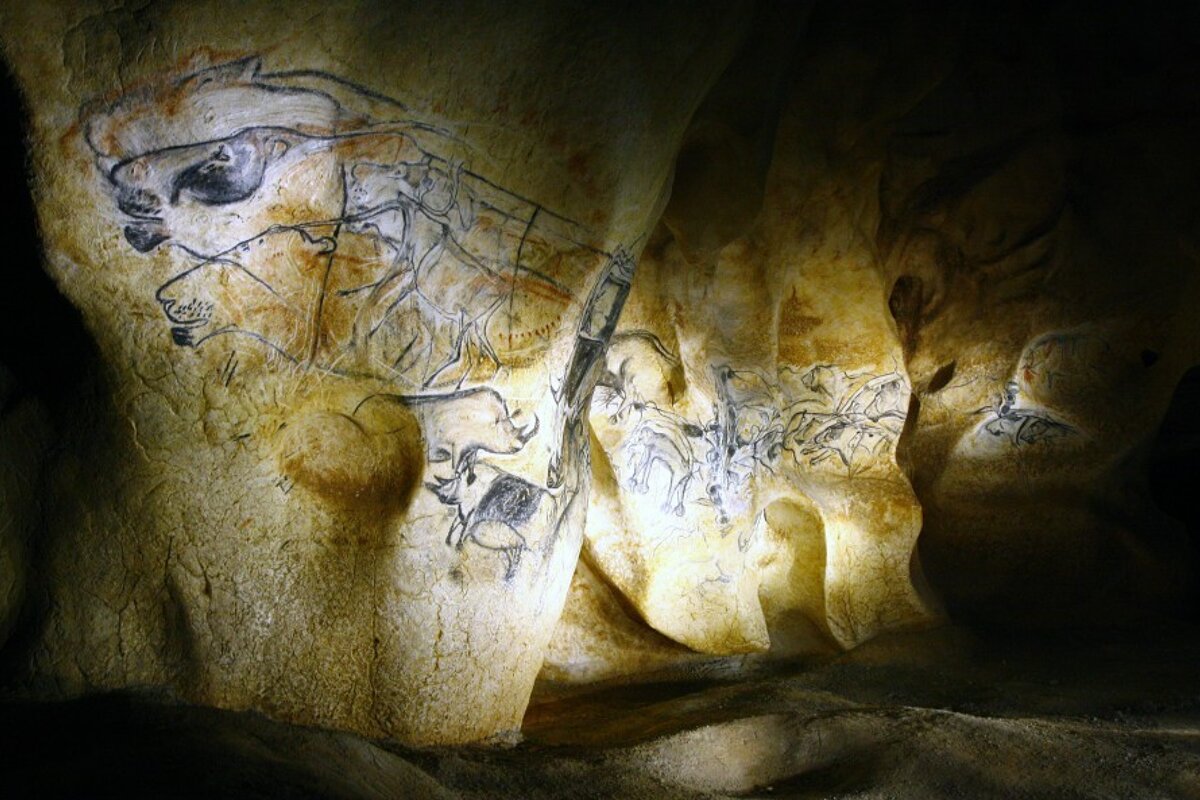
The size of the cave and the number of drawings and engravings (which currently stands at a count of around 1,000) and the techniques used to create them, makes it a particularly special and unique site, and in light of this UNESCO granted it World Heritage status in 2014.
The original cave is now closed to the public to help preserve its contents, but since it was such an incredible find and has attracted so much interest from not only archaeologists but the general public too, the decision was made to build a 3D replica that people can visit without causing any damage to the original cave or its contents.
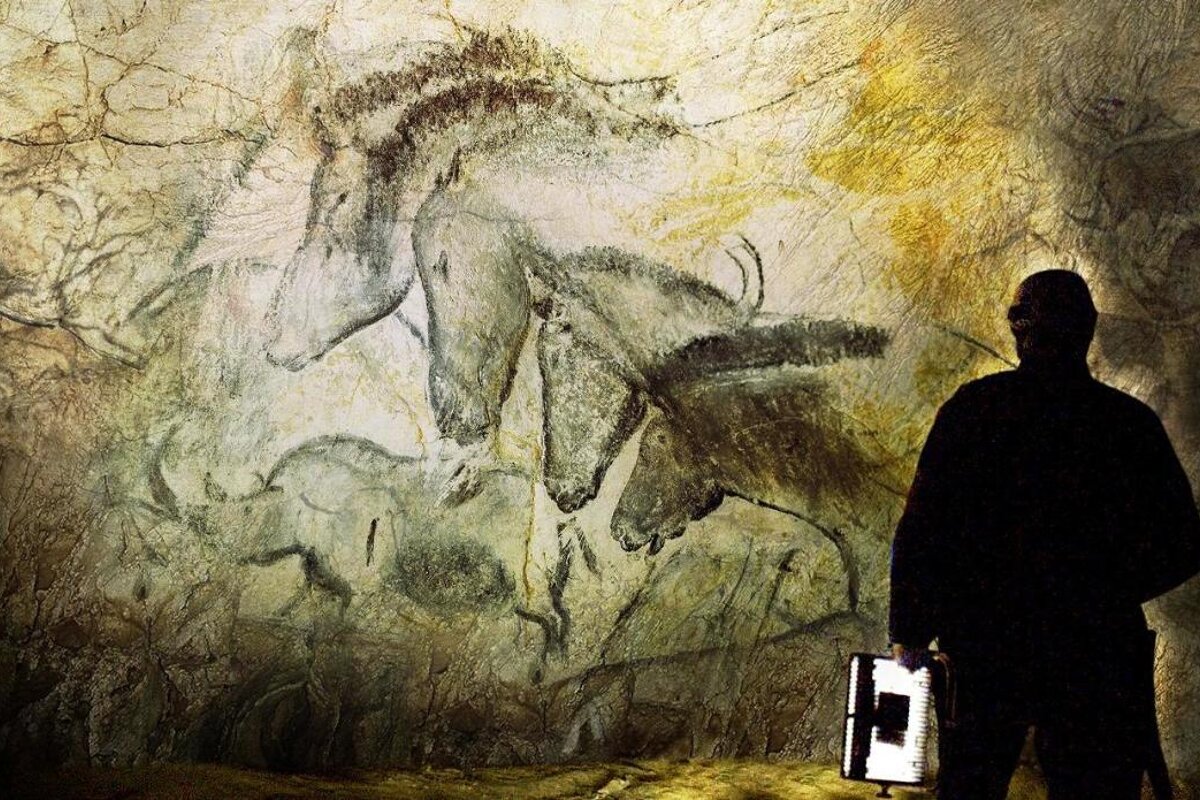
Work started on the construction of the replica in 2012 and it was finally opened to the public last year (2015). The site is made up of not only the main Cavern which houses the replica of the cave, but an impressive Aurignacian exhibit building, complete with cinema screening, life sized bison, elk, lion, bear and woolly mammoth, touch screens and state of the art interactive displays.
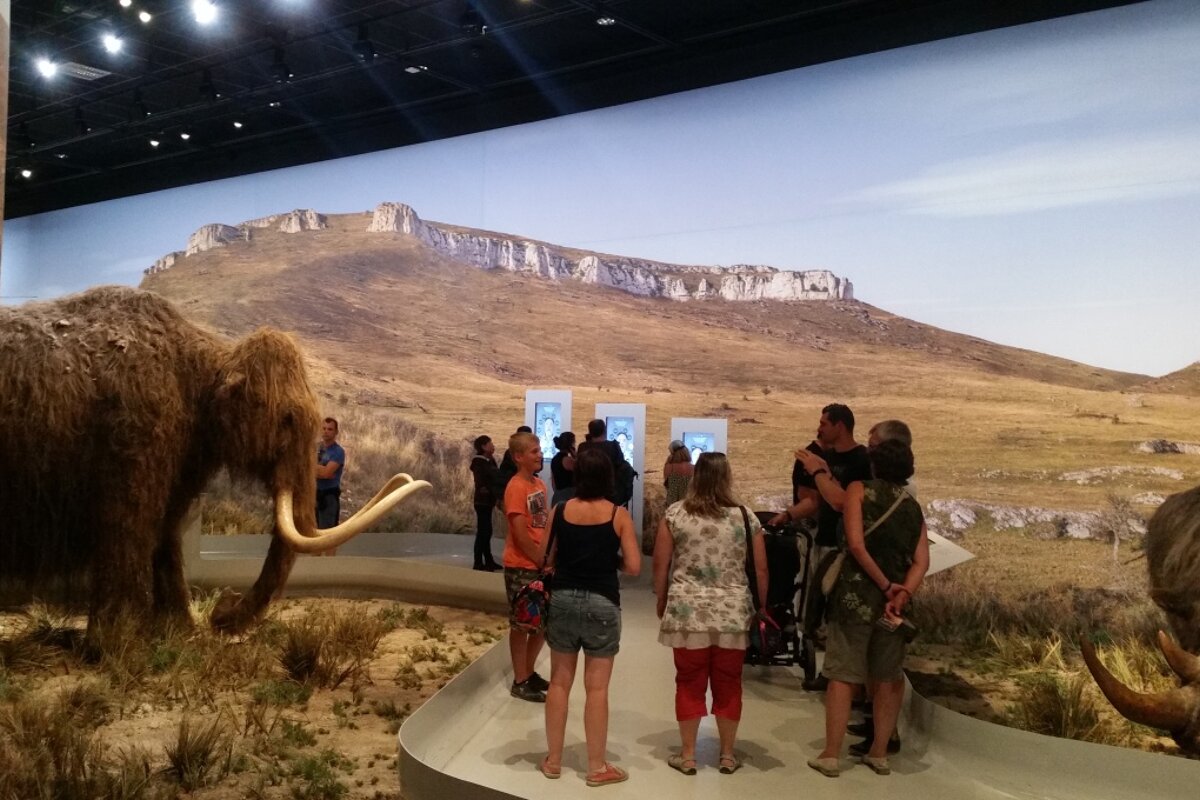
Dotted around the paths that link up the exhibit buildings you'll find a series of information panels outlining the age of the cave in relation to other well known sites, techniques used for dating samples of the paintings and a timeline of the construction of the replica cave. There is also an area where three different prehistoric camps have been set up, with various artefacts on display that a guide explains all about, and a number of buildings where workshops and talks take place. It's a really well thought out site - although there are hundreds of visitors here you never really notice as everyone is spread out.
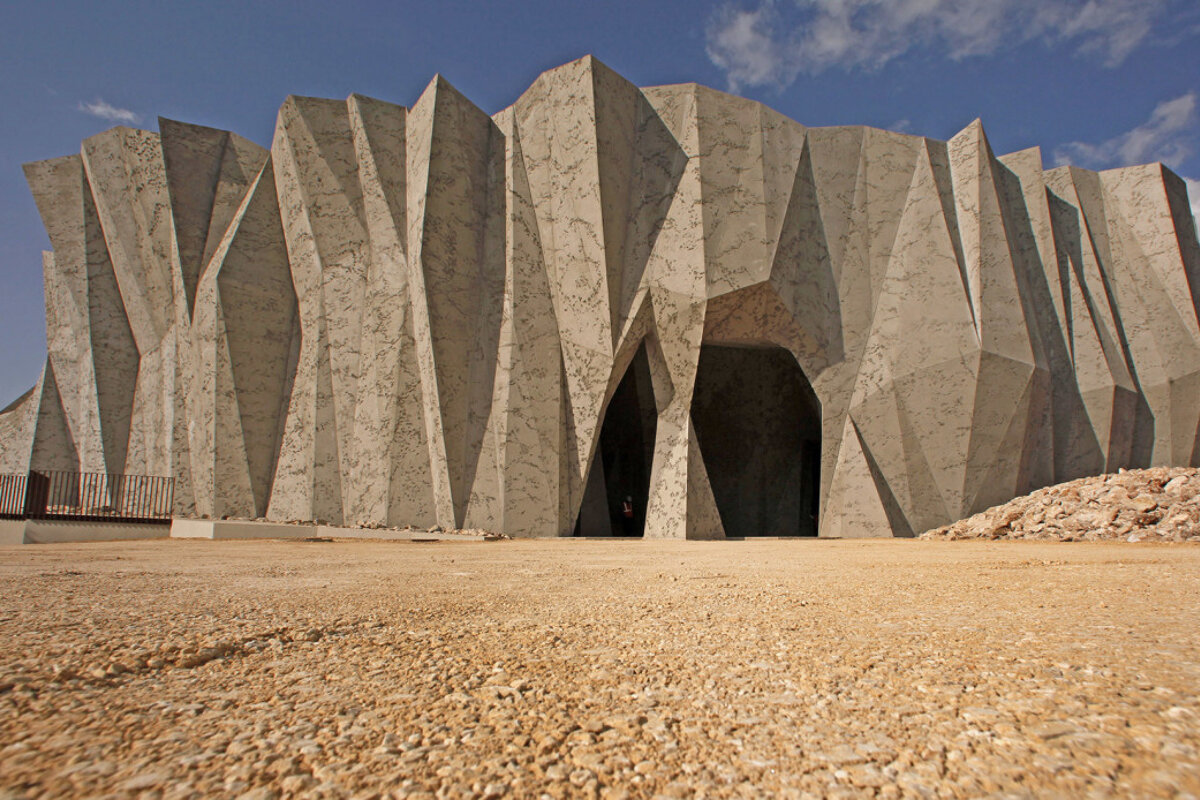
Of course the main attraction is the replica of the cave, which is housed in an extremely modern looking concrete building which you enter from slightly below ground level. You first enter a dark corridor so that your eyes adjust to the dim light, donning your headphones so that you can hear the guide who talks to you via a radio mic headset. Then the rather James-Bond-esque entry door slides open, and the cave opens up in front of you.
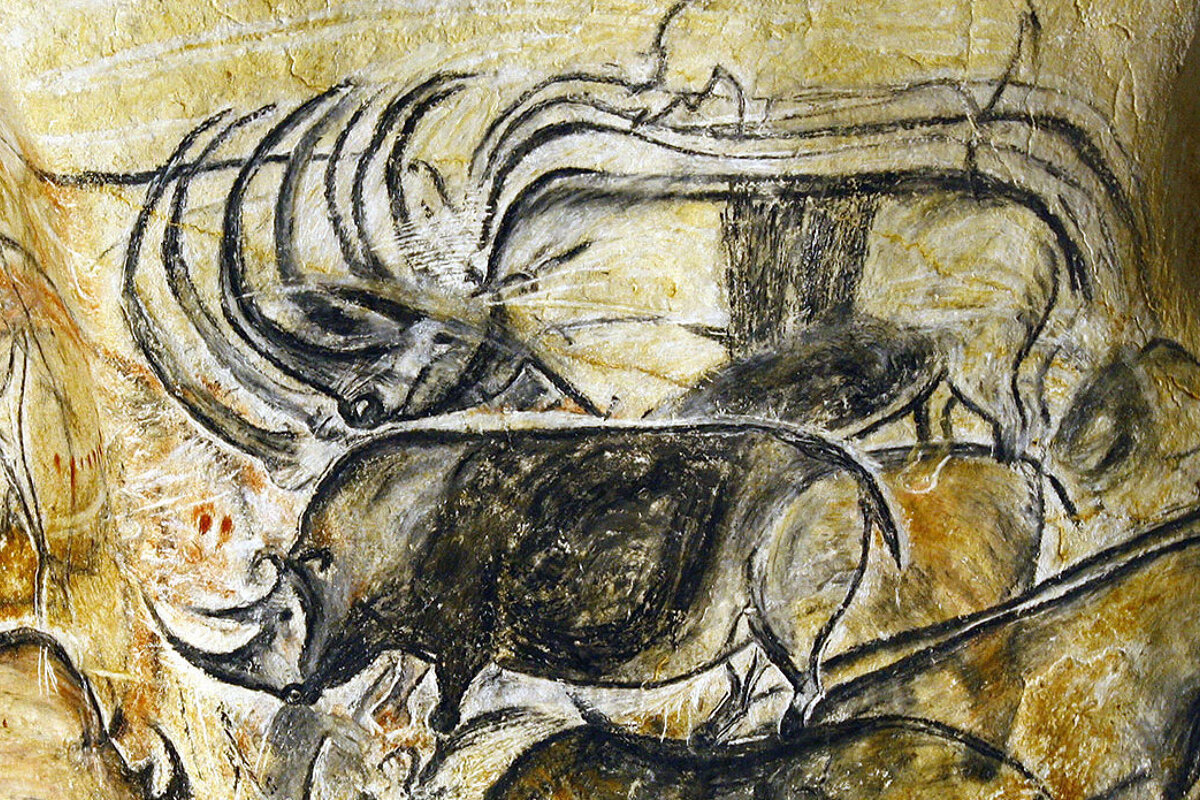
Once inside you can see the amazing attention to detail of the stalagmites, stalactites, bones, human footprints, bear paw prints and of course the cave paintings - it really is incredible what the engineers and archaeologists have achieved. A metal walkway takes you around the key parts of the cave as the guide asks you questions about what you can see, or what you think you're looking at and points out some of the interesting features, bones and footprints.
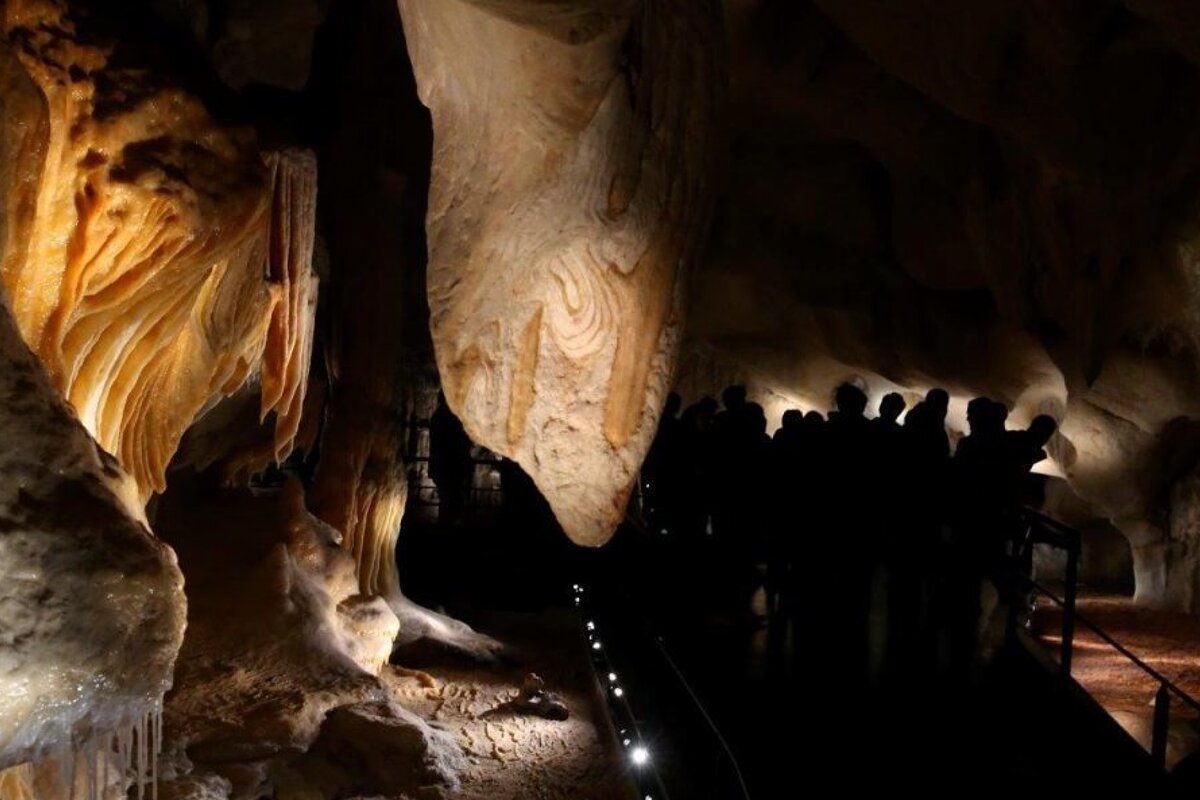
Guided tours in a number of different languages, take place really regularly through the day and last around 40 minutes. If like me however, you prefer to spend more time looking at the finer points and examining every tiny drawing and detail, you can come back later in the day and wander around on an unguided visit. These take place between 10th July to 26th August from 21:30 to 10:45 (the site is open until 11pm!)
Since you aren't allowed to take pictures inside the Caverne, the images above are courtesy of the Caverne du Pont d'Arc website where you can also reserve your tickets - adults are only €13 and children from 10-17 €6.50. Under 10's get in for free.
If you're holidaying in the Northwest corner of Provence I'd strongly recommend you pay the Cavern du Pont d'Arc a visit. Other attractions nearby include La Grotte de St Marcel, another incredible limestone cave network with impressive chambers and underground galleries which is only a few kilometres down the road. Or pay a visit to the historical town of Pont St Espirt or St Paul Trois Chateaux (famous for its truffles), or head into Orange and visit some its world renowned Roman ruins. There's so much to see and do in this area you'll be spoilt for choice!
Discover more sights and attractions in Provence (use the filters to search for the type of sight, or pick the location)
